History and Evolution of Antique Doorknobs
The history of doorknobs dates back to ancient times when people used a simple wooden stick to open doors. Over time, the doorknob evolved into a sophisticated piece of hardware designed to offer both functionality and aesthetic appeal. Antique doorknobs are highly prized among collectors today, as they offer an insight into the history and evolution of this important piece of hardware. Through this article, we will explore the history, design, and evolution of antique doorknobs, detailing how they have changed over the years and offering some insights into their continued popularity.

Historical Context:
The earliest known doorknobs were in use in ancient Egypt, where they were made from natural materials such as bone or stone. These early doorknobs were simple in design, featuring a basic cylindrical shape that was easy to grip. The ancient Greeks and Romans also used doorknobs, which were often highly decorative and featured intricate designs.
During the Middle Ages, doorknobs fell out of use in Europe due to their association with pagan practices. Instead, door latches and locks were used to secure doors. However, by the 17th century, doorknobs had become popular once more, and their use spread across the globe.

Design Evolution:
Over time, the design of doorknobs evolved to become more intricate and decorative. The Victorians, in particular, were known for their love of ornate door hardware, and many antique doorknobs from this era are highly sought-after by collectors. One popular design from this time period was the "mushroom" knob, which featured a rounded top and a tapered base. These knobs were often made from brass or bronze and featured intricate patterns and designs.
Another popular Victorian design was the "crystal" knob, which was made from cut glass and featured a more delicate, intricate design. In the early 20th century, doorknob design became more streamlined and modern, reflecting the Art Deco and Art Nouveau movements. Many antique doorknobs from this time reflect this design aesthetic, featuring clean lines and geometric shapes.

Materials:
The materials used to make antique doorknobs have evolved over time, with different materials being preferred during different time periods. In ancient times, doorknobs were made from natural materials such as bone or stone. Later, metal became the preferred material for doorknobs, with brass and bronze being particularly popular.
During the Victorian era, doorknobs were often made from more elaborate materials such as cut glass or porcelain. These materials were chosen in order to create a more ornate, decorative effect. Today, antique doorknobs can be made from a wide range of materials, including metal, glass, porcelain, and crystal. Each material has its own unique properties, which can affect both the appearance and functionality of the doorknob.

Functionality:
While antique doorknobs were primarily designed to allow entry and exit from rooms, they were also an important security feature. Early doorknobs were often quite simple in design, with a basic latch mechanism that could be locked or unlocked from the inside. Over time, doorknobs became more sophisticated, with additional locking mechanisms being added for increased security. Today, modern doorknobs come in a range of designs and styles, each featuring its own locking mechanism.

Collecting Antique Doorknobs:
For many people, collecting antique doorknobs is a fascinating hobby that allows them to delve into the history and evolution of this important piece of hardware. Antique doorknobs can be found in a wide range of styles and designs, and each piece tells its own unique story. When collecting antique doorknobs, it's important to consider factors such as the material, design, and era in which the knob was made.
The condition of the knob is also an important consideration, as some antique doorknobs may require restoration before they can be properly displayed. Antique doorknobs can be found at antique shops, estate sales, and online marketplaces. Collectors should be prepared to pay a premium for rare or highly coveted pieces, but many antique doorknobs can be found at more reasonable prices.

As we have seen, the history and evolution of doorknobs is a fascinating subject that offers insights into the changing design and functionality of this important piece of hardware. From simple wooden knobs to ornate glass designs, doorknobs have evolved over time to become an essential part of our homes and buildings. Antique doorknobs offer a unique glimpse into the past, allowing collectors to appreciate the craftsmanship and design of pieces from various eras. Whether you're a collector or simply interested in the history of doorknobs, this article has hopefully given you some insight into the rich and evolving world of antique door hardware.




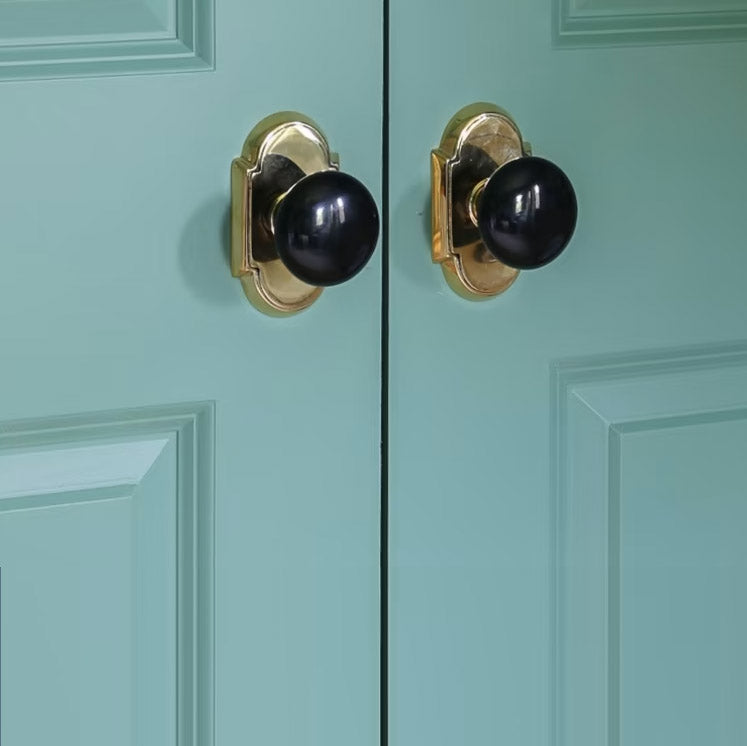
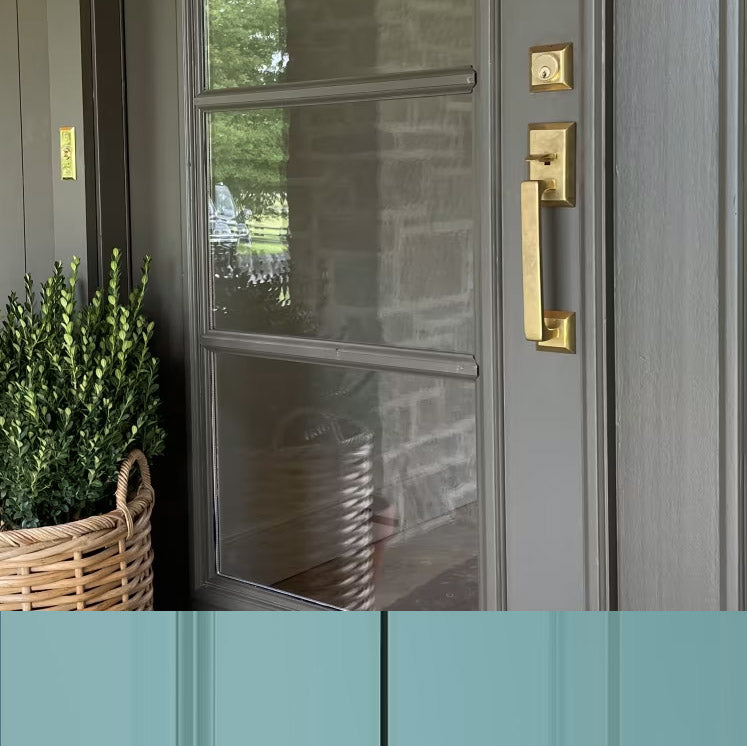
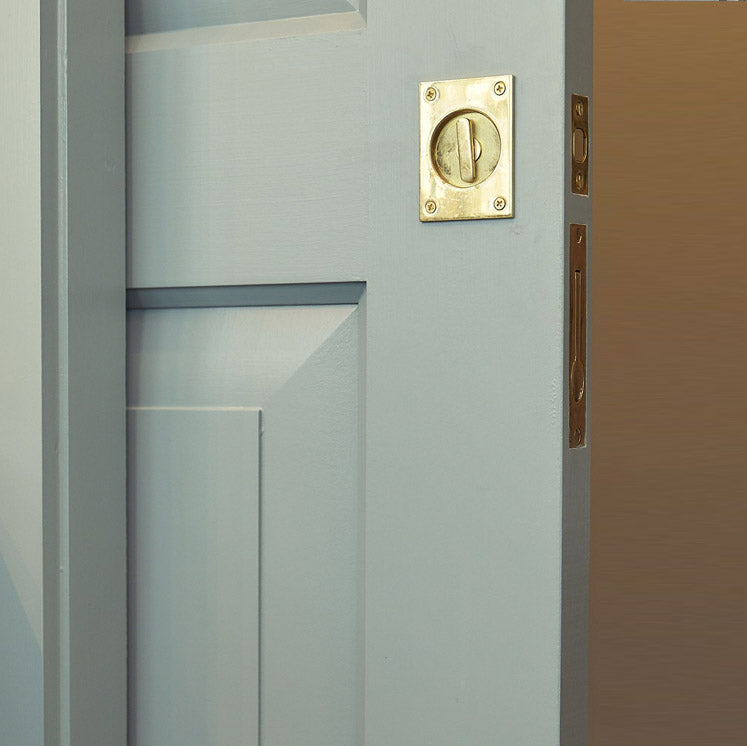

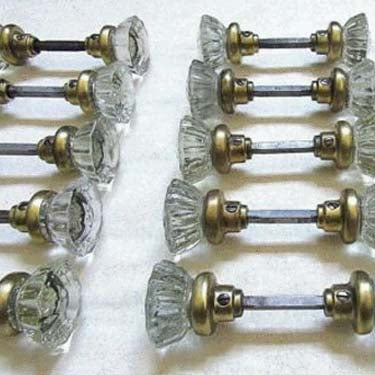

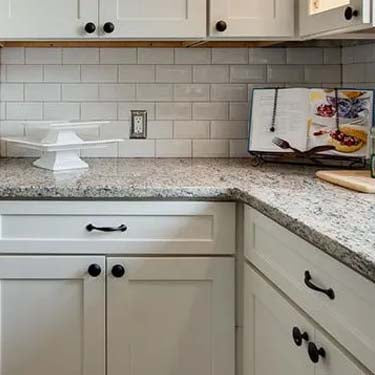


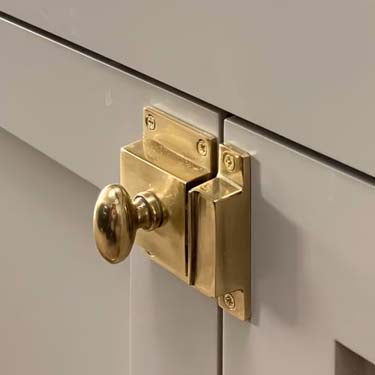
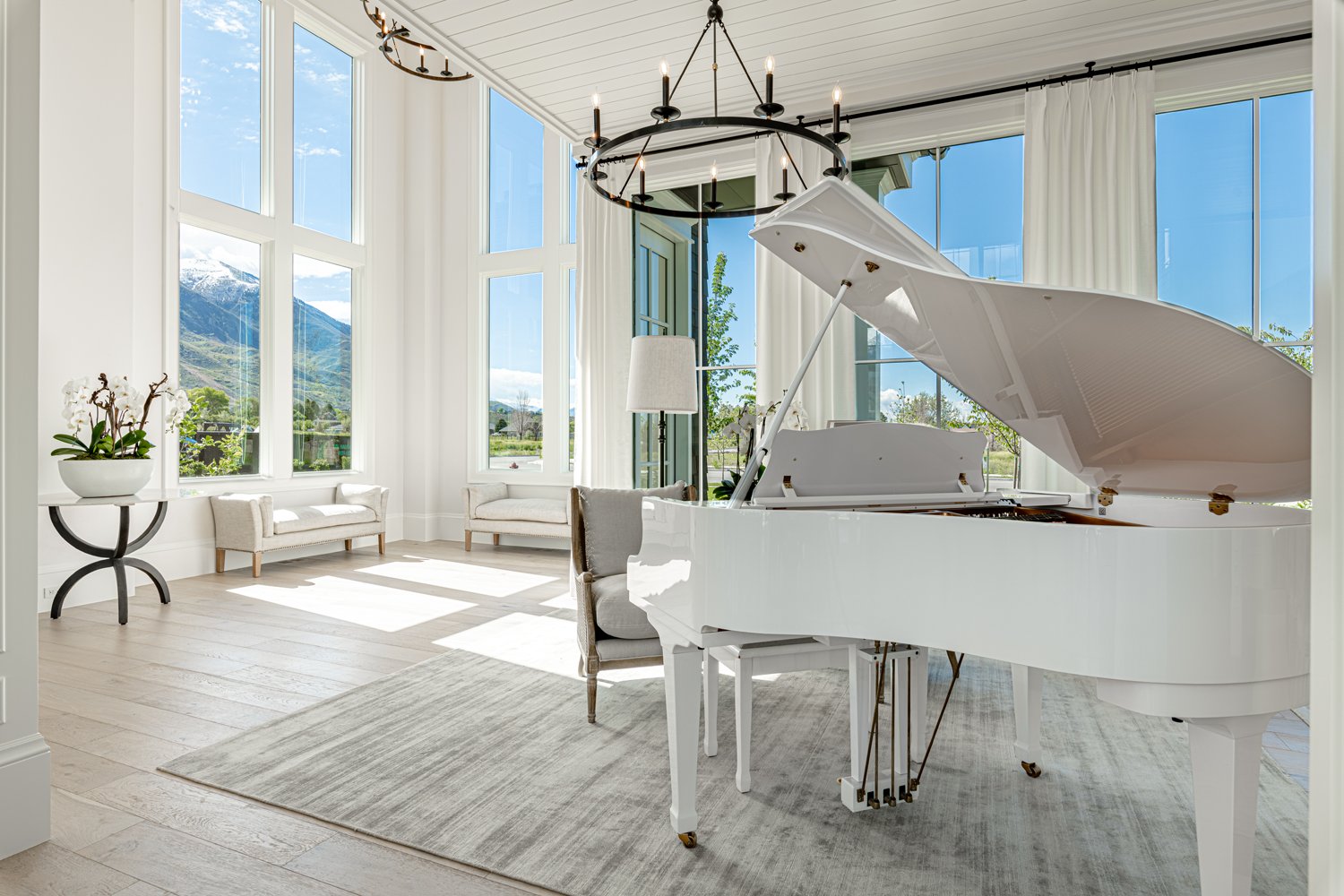
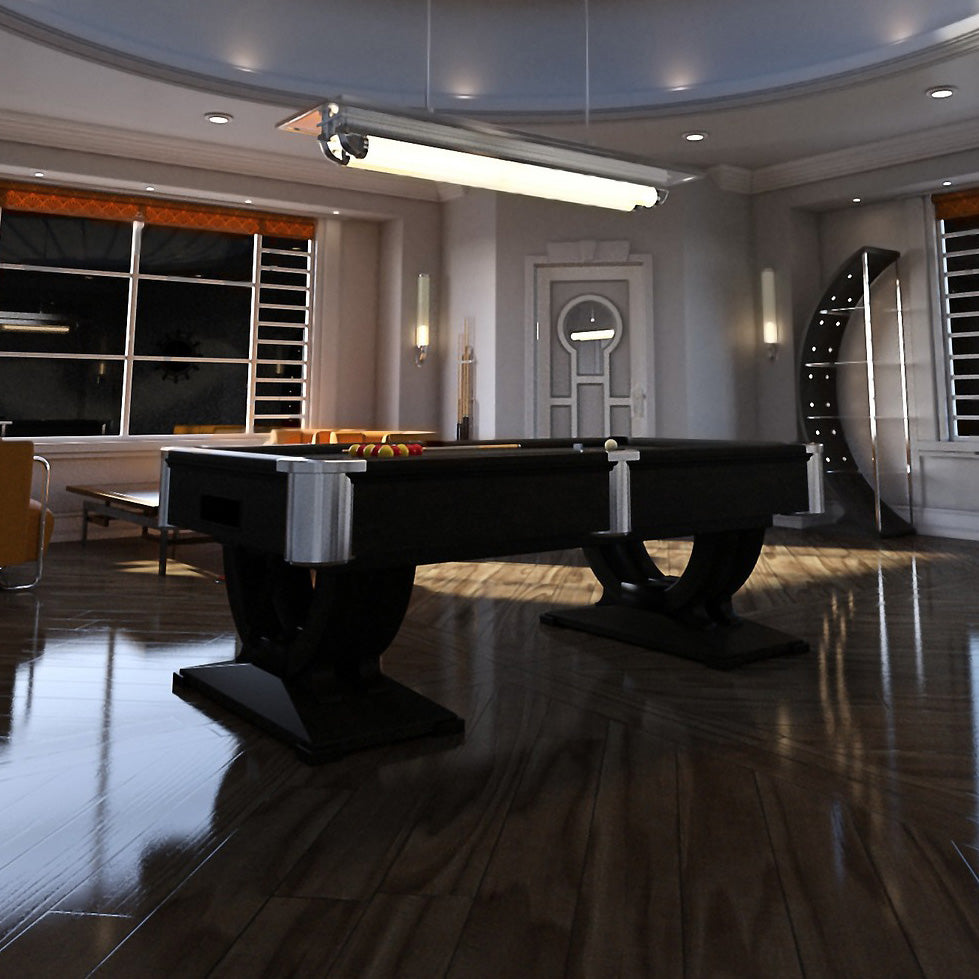
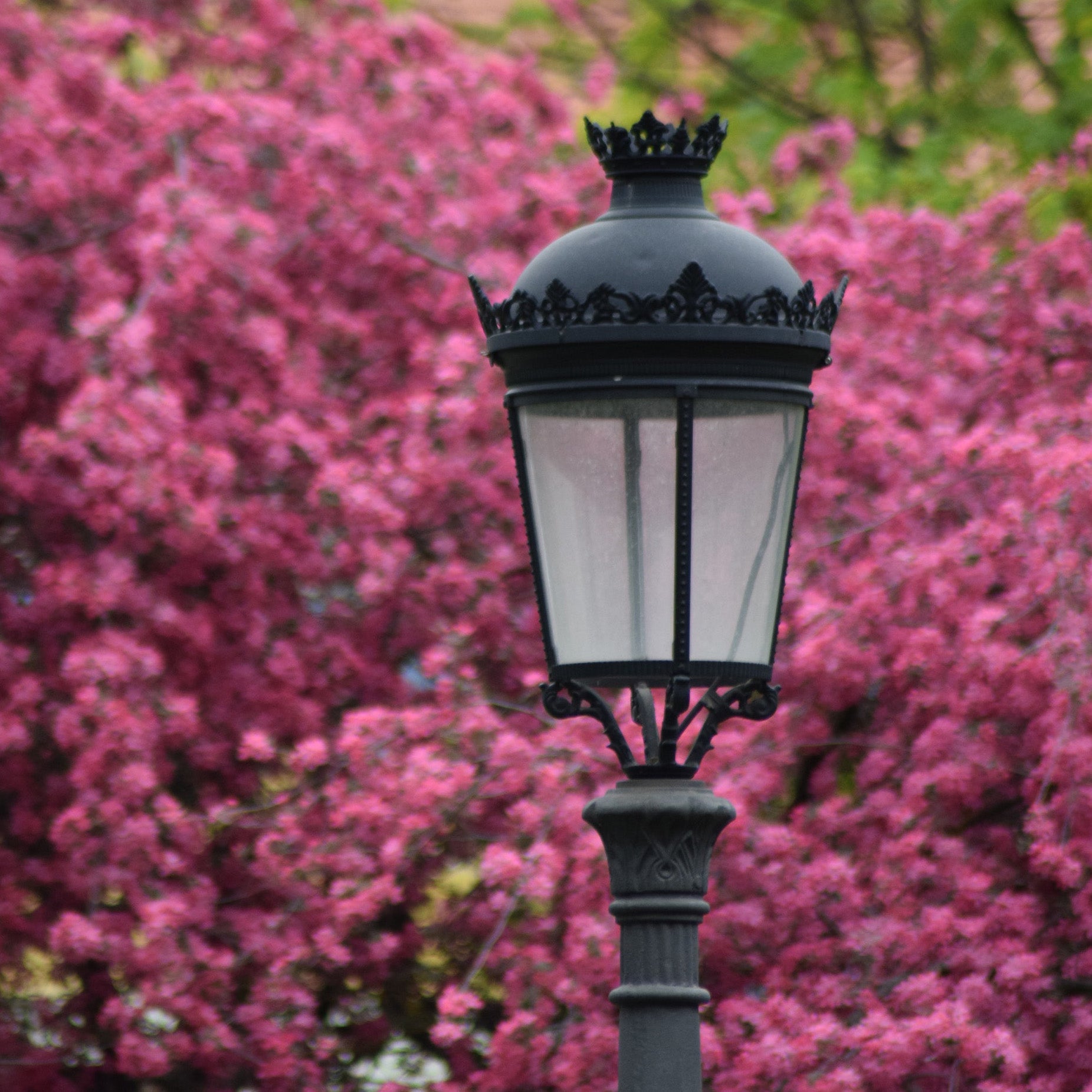

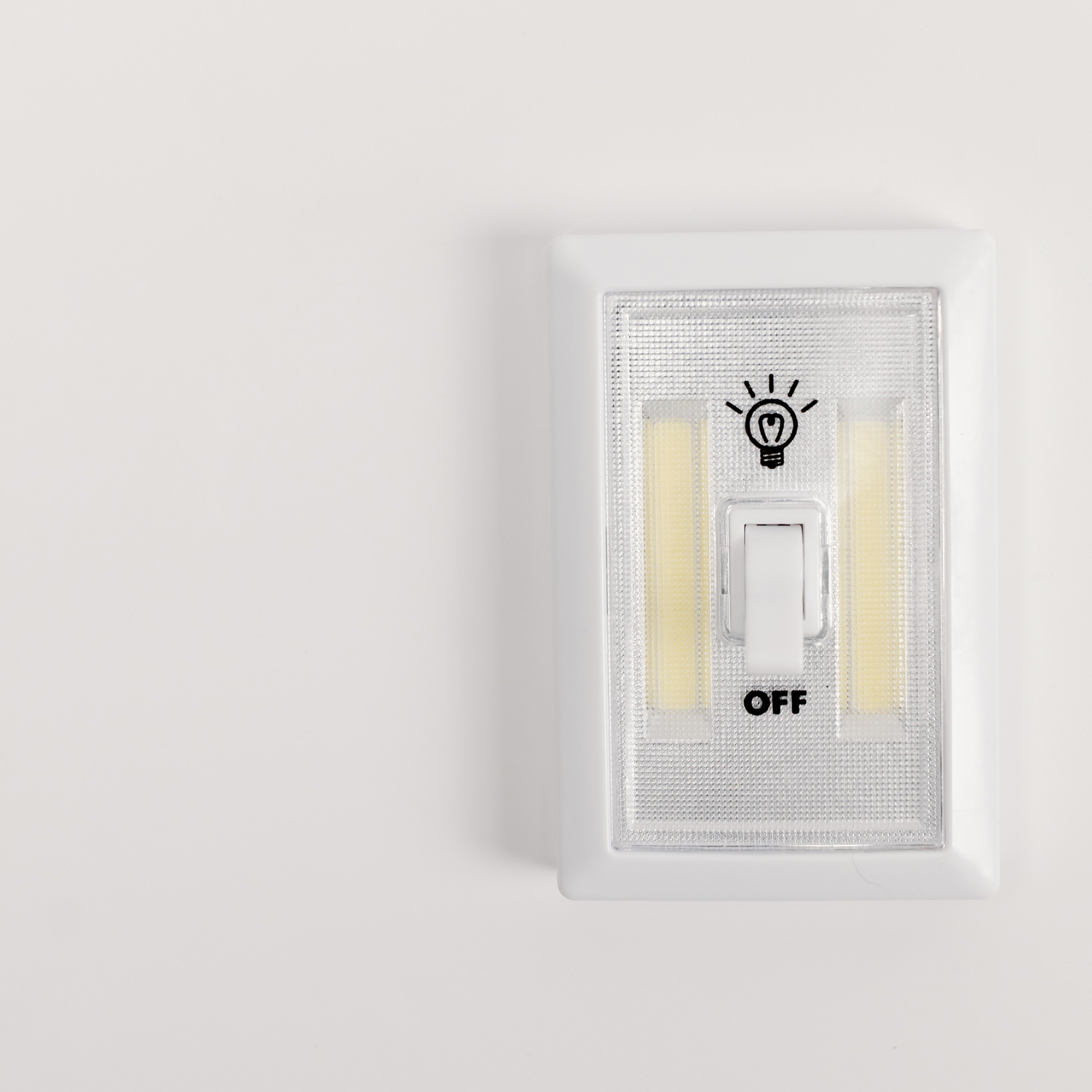
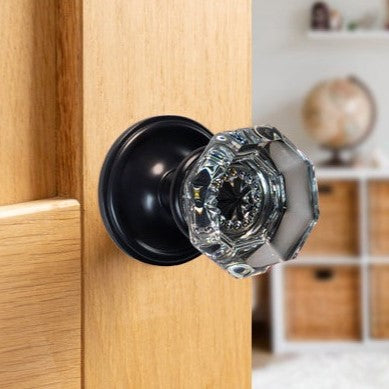

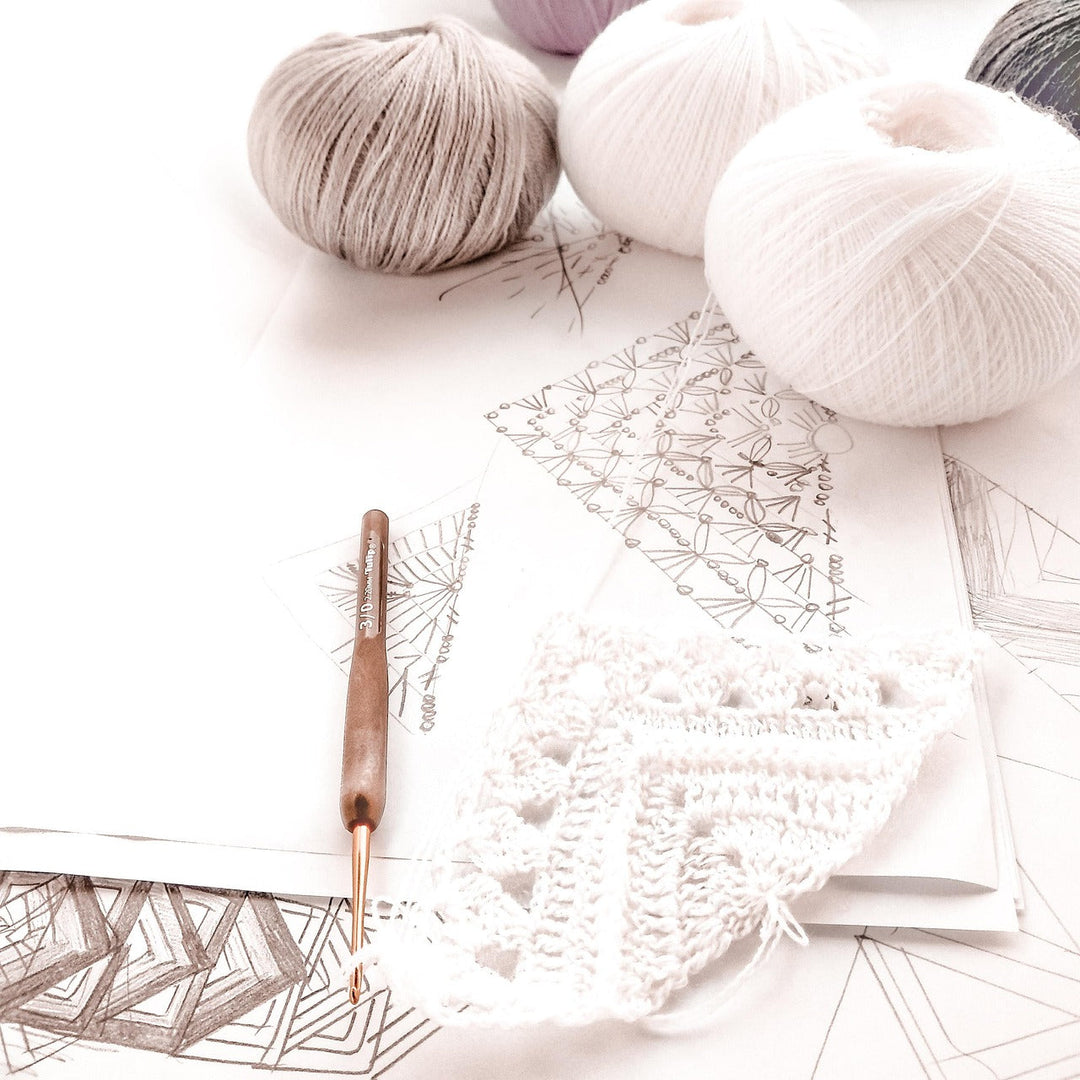
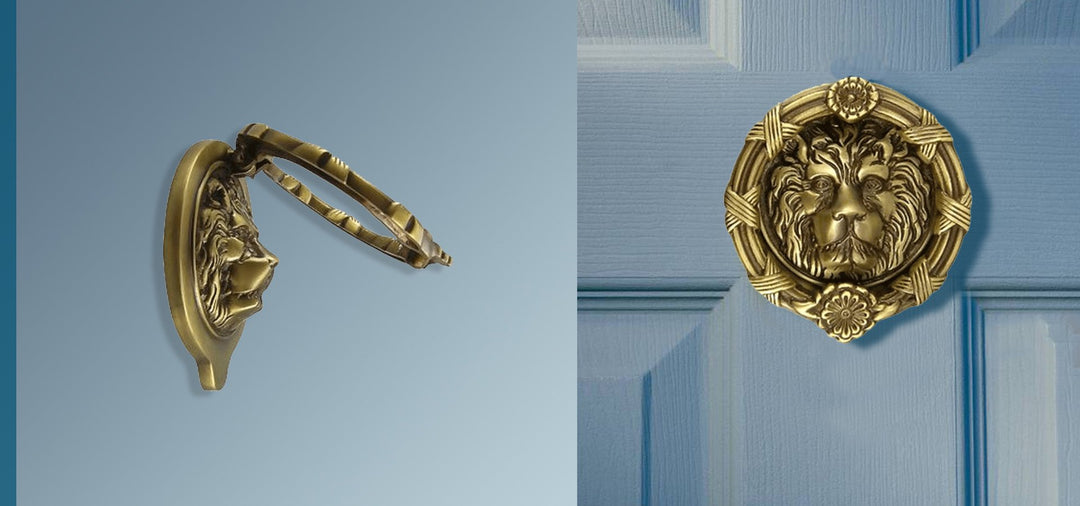
Leave a comment